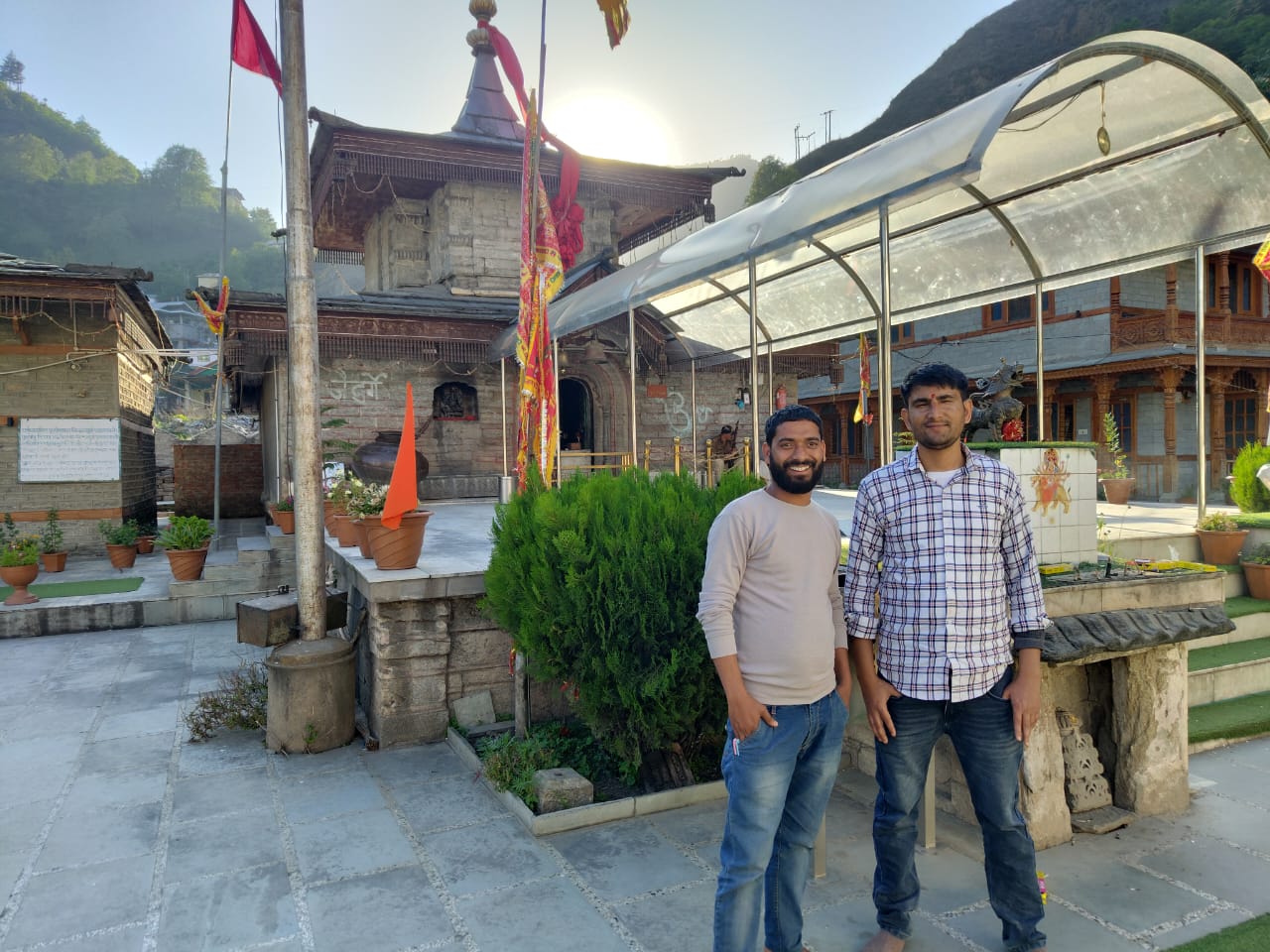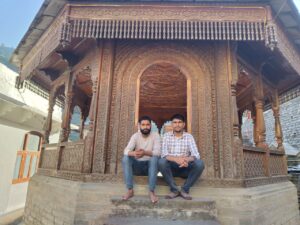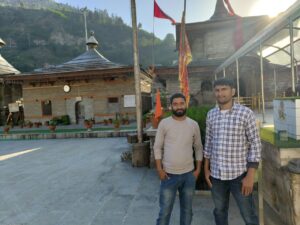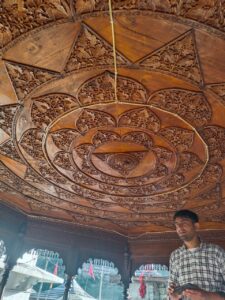Introduction
Nestled amidst the breathtaking landscapes of Himachal Pradesh, the Hatkoti Mata Temple is a hidden gem that beckons spiritual seekers and nature enthusiasts alike. With its rich history, serene surroundings, and awe-inspiring architecture, this sacred site has long been a symbol of devotion and tranquility. In this article, we will embark on a journey to discover the enchanting Hatkoti Mata Temple, unearthing its historical significance, architectural marvels, and the spiritual aura that surrounds it.
The Legend of Hatkoti Mata Temple
A Tale of Divine Intervention
Legend has it that the temple was established as a result of divine intervention. According to the local folklore, a herder stumbled upon a self-manifested idol of Goddess Hatkoti while grazing his cattle. This miraculous discovery led to the construction of the temple at the very spot where the idol was found.
The All-Powerful Goddess
Goddess Hatkoti is revered as the presiding deity of the region, believed to fulfill the wishes of her devotees. The temple witnesses a constant stream of pilgrims who come to seek her blessings and offer their prayers.
Architectural Grandeur
A Blend of Styles
The architecture of the Hatkoti Mata Temple is a harmonious fusion of both Himalayan and Indo-Aryan styles. This unique blend of architectural aesthetics adds to the temple’s visual appeal. The intricate carvings, ornate pillars, and wooden shikharas (spires) are a testament to the skilled craftsmanship of the artisans of yesteryears.
The Divine Mandap
The central mandap (hall) of the temple is a sight to behold. The beautifully crafted wooden ceiling is adorned with vibrant paintings depicting scenes from Hindu mythology. This mandap serves as the main prayer area where devotees gather to offer their reverence to Goddess Hatkoti.
Spiritual Significance
A Hub of Spiritual Activities
The temple complex is not only a place of worship but also a hub of spiritual activities. Various rituals, pujas, and festivals are celebrated with great fervor throughout the year. Navratri, in particular, witnesses grand celebrations that draw devotees from far and wide.
Serenity Amidst Nature
One of the most striking features of the Hatkoti Mata Temple is its location amidst the lap of nature. Surrounded by lush green forests and the gushing waters of the Pabbar River, the temple offers a tranquil atmosphere conducive to meditation and self-reflection.
Exploring the Surroundings
The Enigmatic Pabbar Valley
The temple’s location in the Pabbar Valley further adds to its allure. The valley is known for its pristine beauty, with towering pine trees and meandering streams that provide an opportunity for nature lovers to explore and rejuvenate.
Treks and Trails
For adventure enthusiasts, the Hatkoti region offers a plethora of trekking trails. These trails provide an opportunity to immerse oneself in the natural beauty of Himachal Pradesh while also paying homage to the goddess.
Conclusion
In conclusion, the Hatkoti Mata Temple is not just a religious site but a testament to the rich cultural heritage and natural beauty of Himachal Pradesh. Its blend of spirituality, history, and architectural grandeur makes it a must-visit destination for anyone exploring this enchanting region.
Frequently Asked Questions (FAQs)
Q1: How can I reach Hatkoti Mata Temple?
To reach Hatkoti Mata Temple, you can take a bus or hire a taxi from Shimla, which is the nearest major city. The temple is approximately 100 kilometers away from Shimla.
Q2: What is the best time to visit the temple?
The best time to visit Hatkoti Mata Temple is during the spring and summer months, from March to June, when the weather is pleasant, and the natural surroundings are at their vibrant best.
Q3: Are there any accommodation options near the temple?
Yes, there are a few guesthouses and hotels in the nearby town of Hatkoti where you can stay comfortably during your visit to the temple.
Q4: Is photography allowed inside the temple complex?
Photography is generally allowed in the temple complex, but it’s advisable to seek permission from the temple authorities out of respect for the sanctity of the place.
Q5: What are some nearby attractions to explore?
Apart from Hatkoti Mata Temple, you can explore the scenic beauty of the Pabbar Valley and embark on treks to nearby destinations like Rohru and Chanshal Pass for a complete Himachali experience.




